Musée de la Compagnie des Indes: Exploring The Company That Founded New Orleans
New Orleans is a business…when the city was founded in 1718 it was under the auspices of the Company of the West (also known as the Mississippi Company). Before Louis XIV died in 1715 his only legitimate son predeceased him. His grandson was the king in Spain, so the only rightful heir to the throne of France was his great grandson Louis XV.
A painting of John Law at the Museum of the East in Lorient, France.
At the time of Louis XIV’s death Louis XV was only 5 years old. One couldn’t legally be king until the ripe, or not so ripe, age of 13. To stand in place of the king until he reached his majority, Louis XIV appointed his nephew Phillip II, Duke of Orleans to be the regent.
Given into the pitfalls of overindulgent pleasure, Phillip did little to improve an economy plagued by war budgets and royal expenditures. But then came along a most curious Scot who ended up in Paris after a prison break. John Law landed in a Scottish prison after killing a man in a duel. He was challenged to such an interlude because he was having an affair with the challengers wife.
After being imprisoned for murder, he made a prison break and headed for the mainland of Europe. Having a mind like a calculator, he built a fortune counting cards at the gambling tables. After working the circuits he ended up in Paris where he met the Duke of Orleans in a brothel. He introduced Phillip to the idea of paper currency and its potentials for reviving the French economy. Phillip bought his ideas hook, line, and sinker. After opening the General Bank of France, Phillip would eventually make John Law the the Controller General of Finances for the entire kingdom.
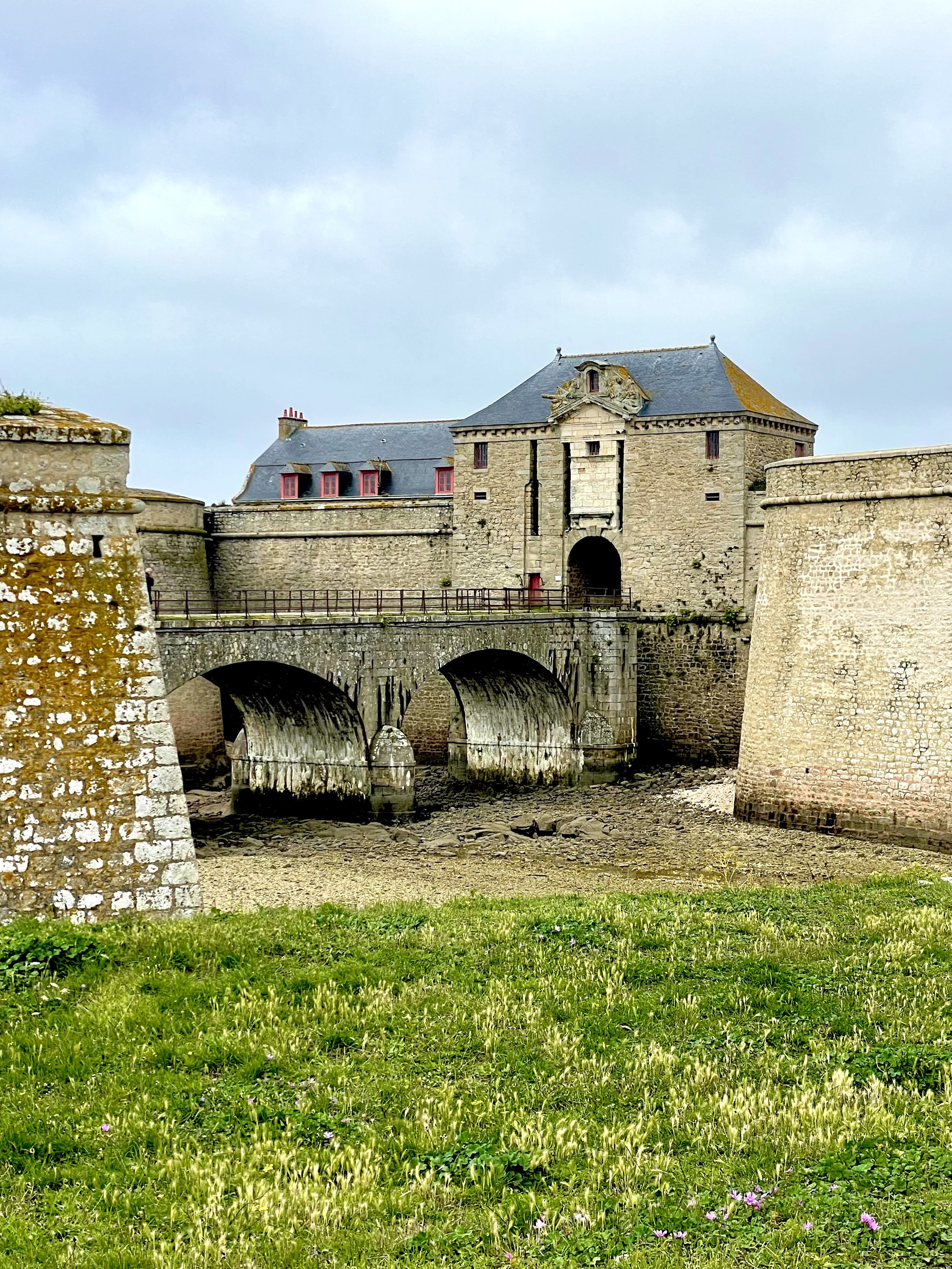

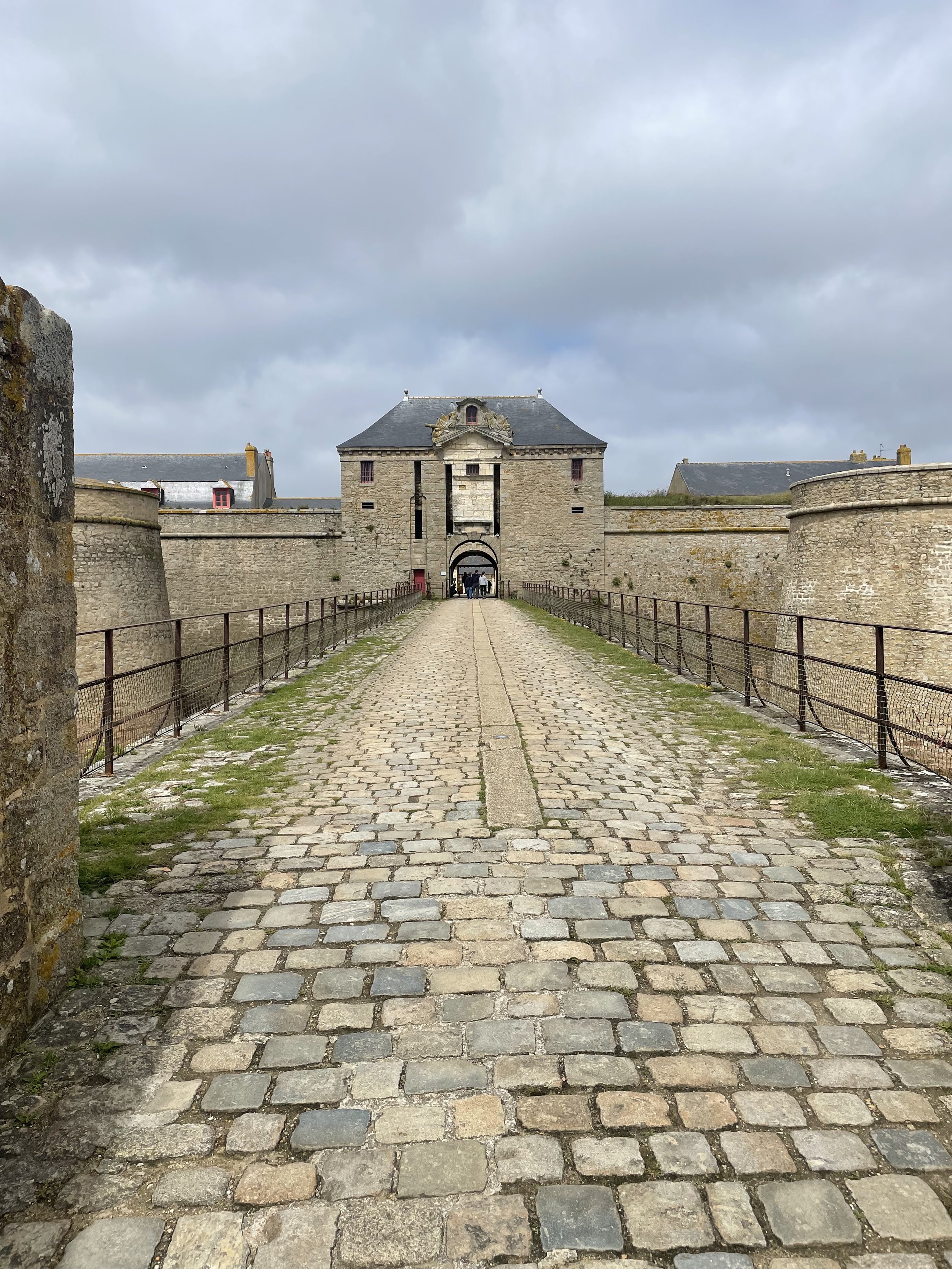
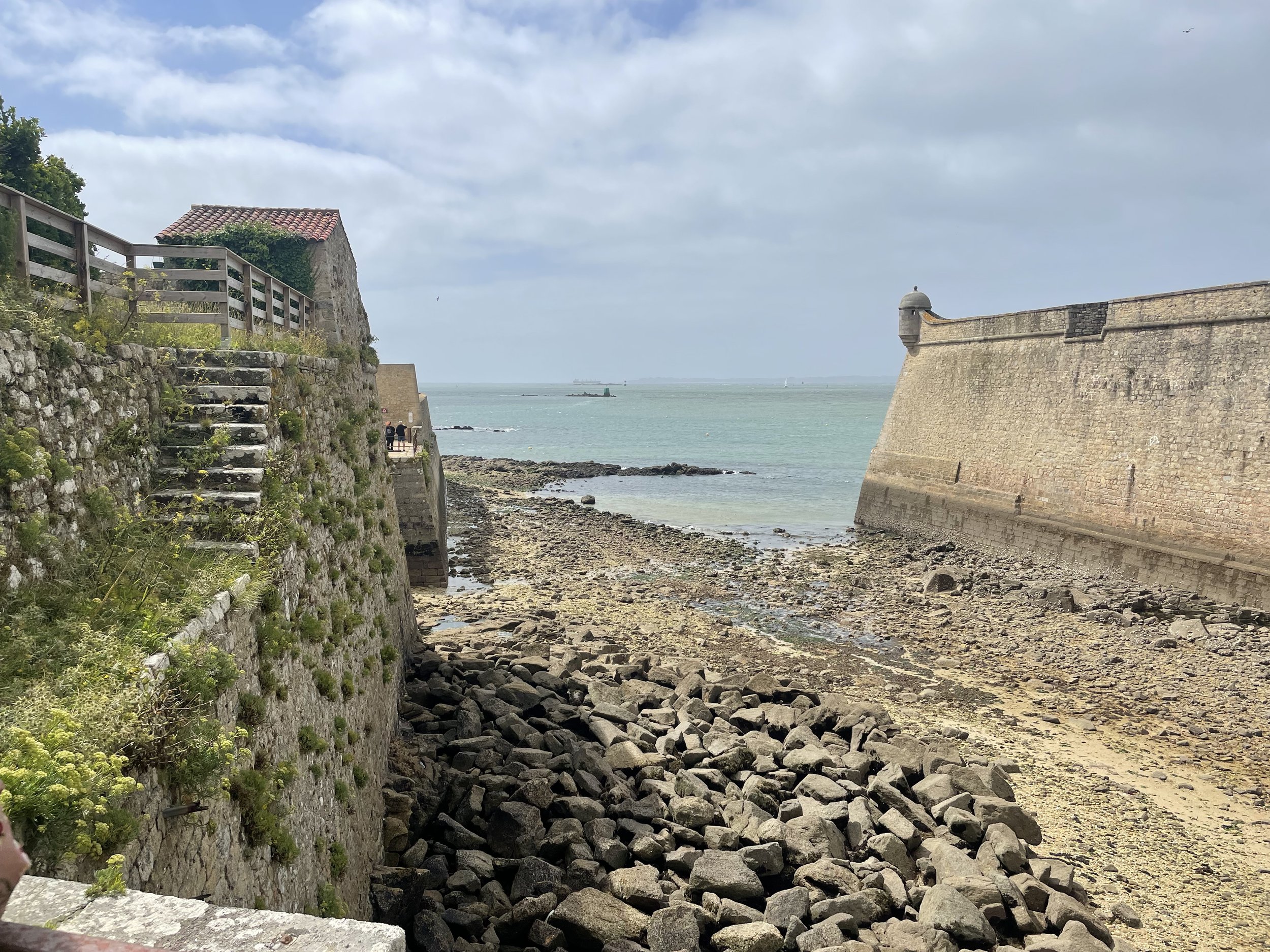
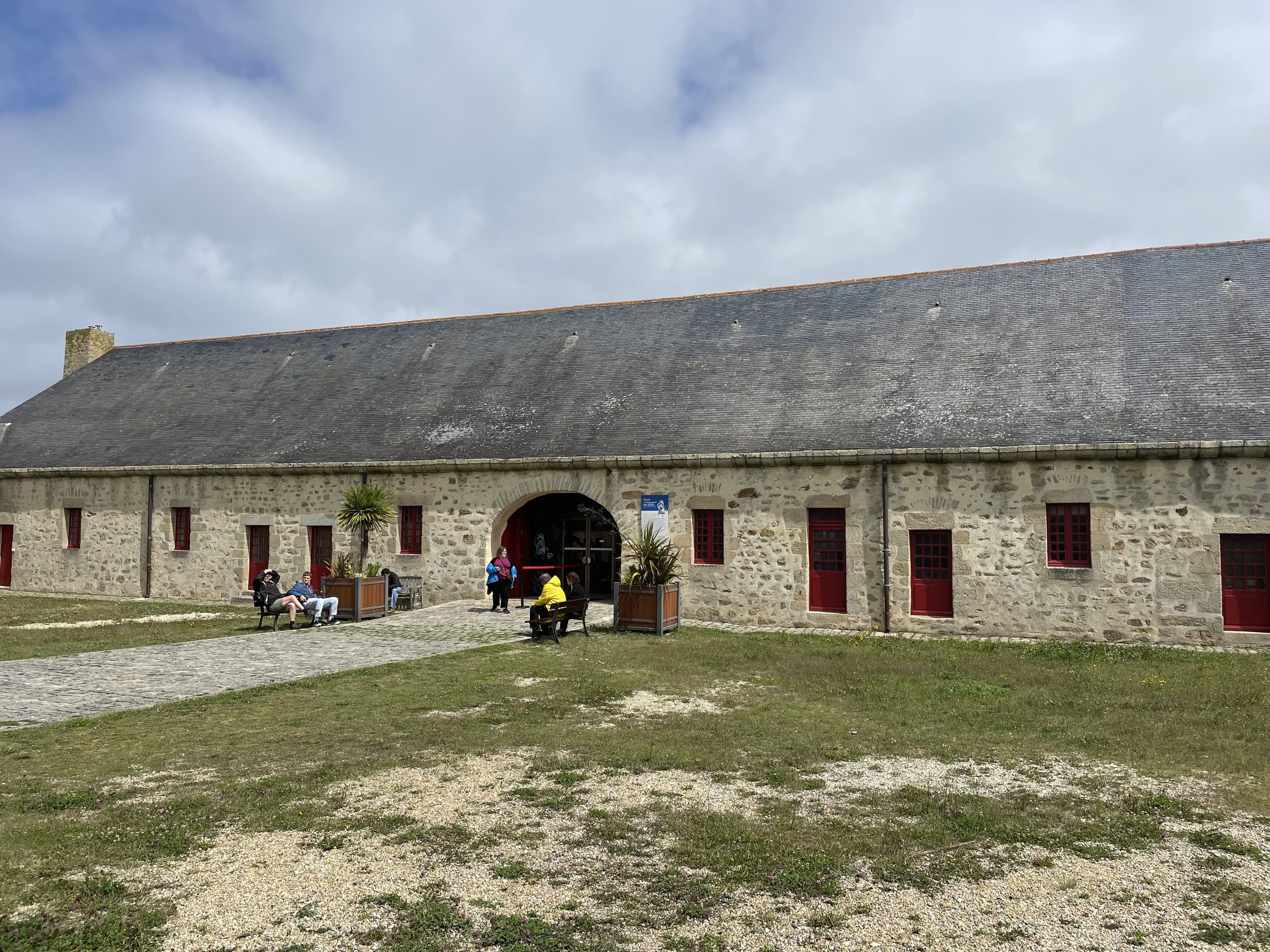
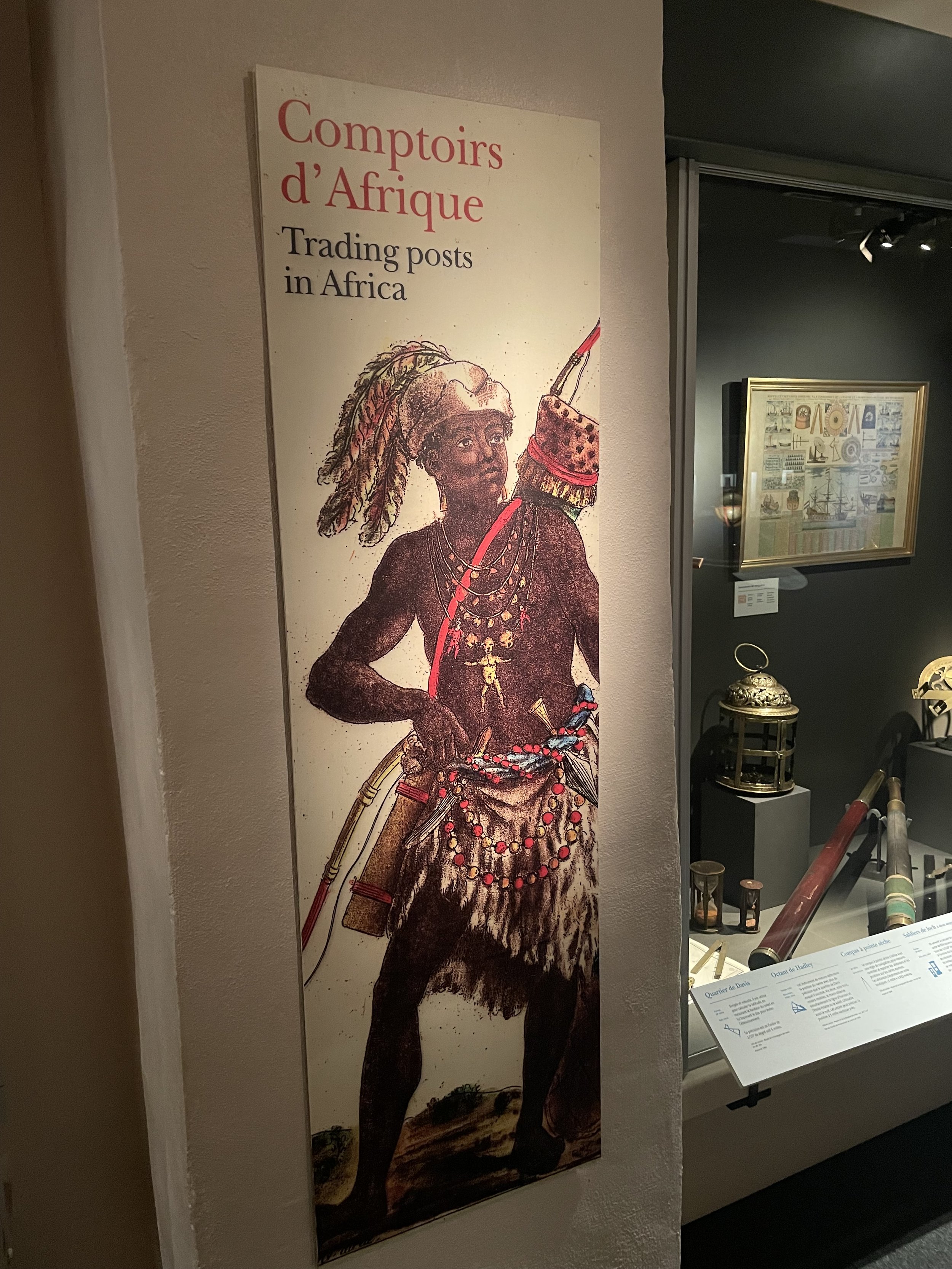
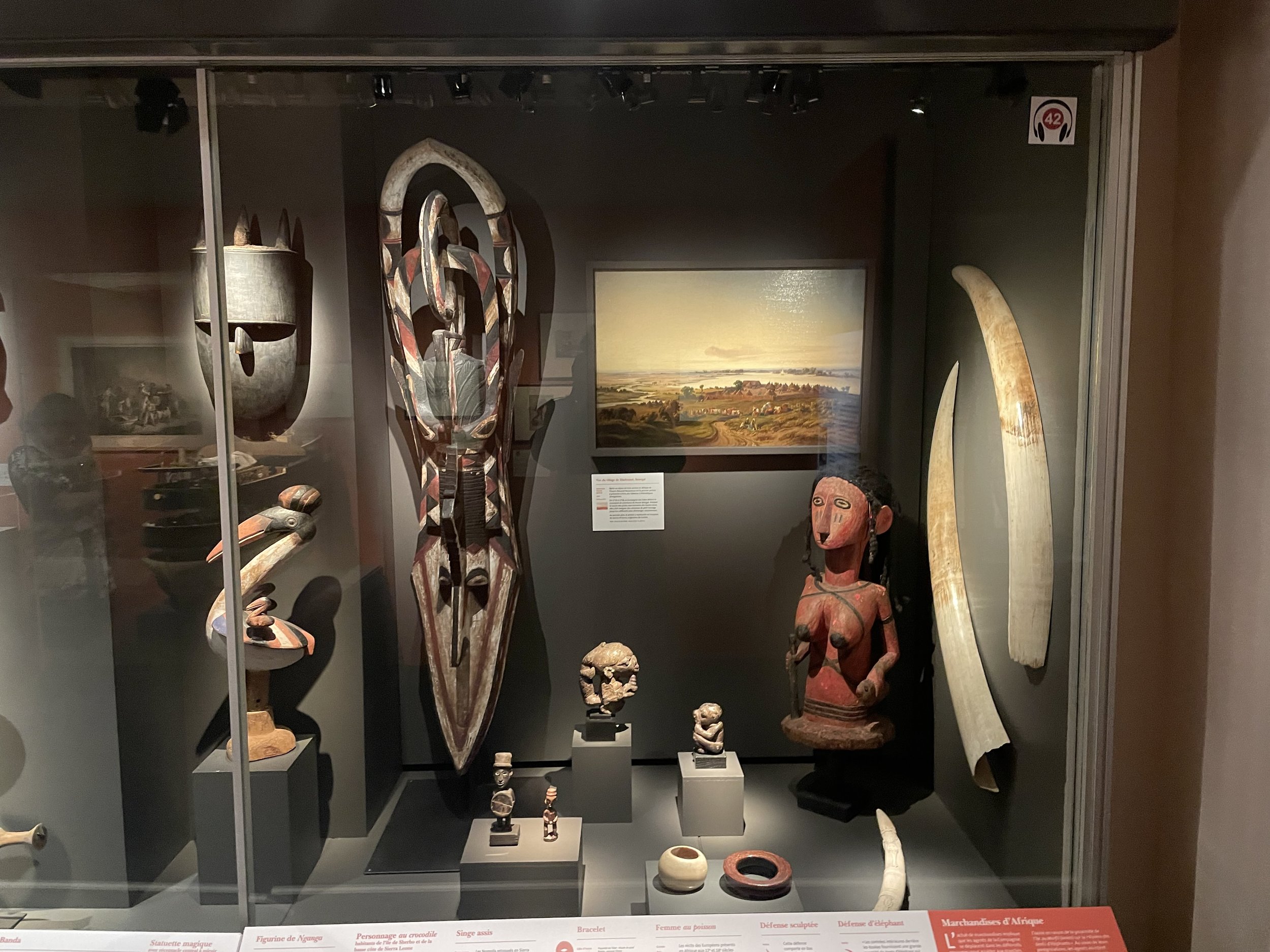
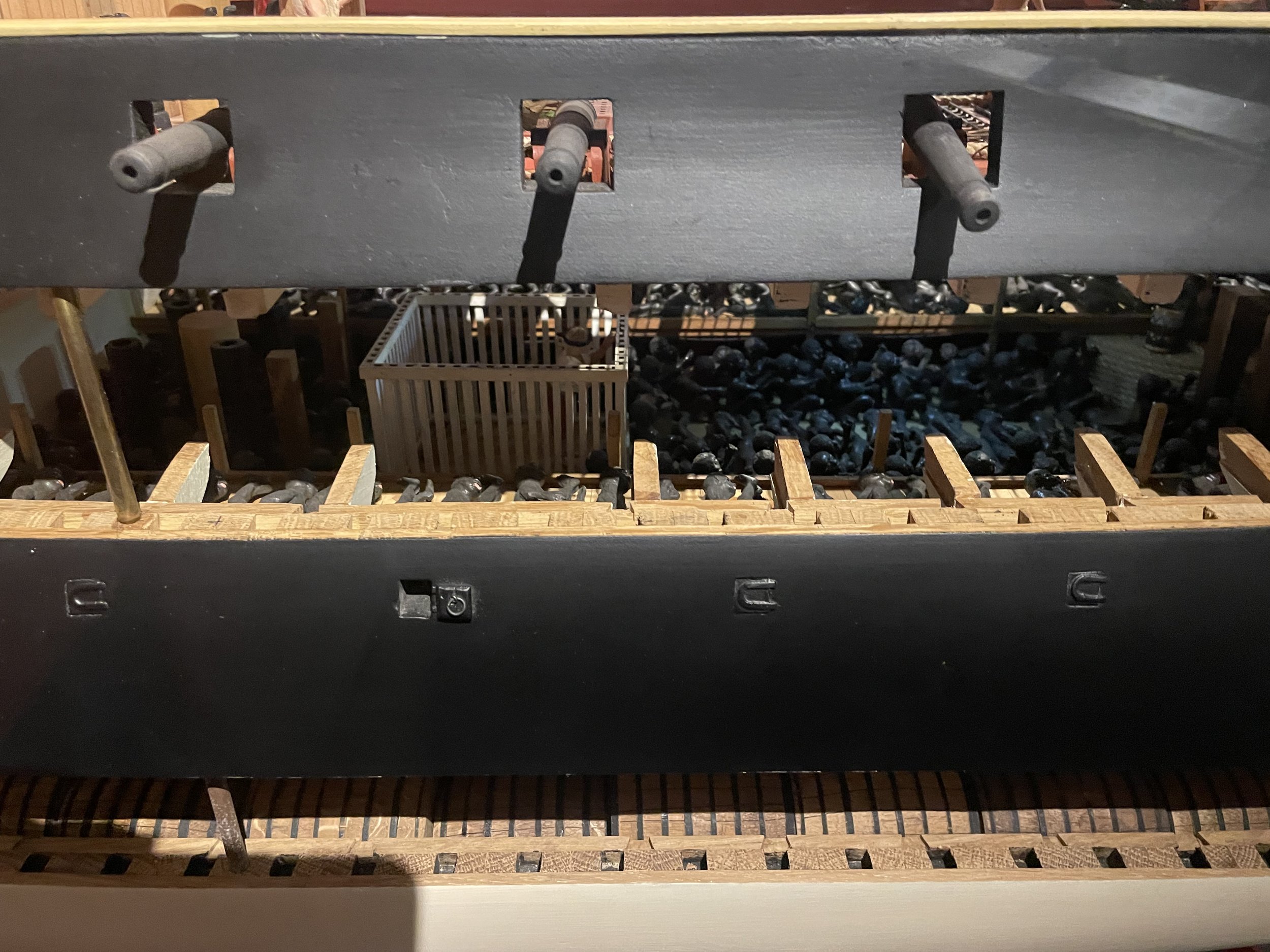
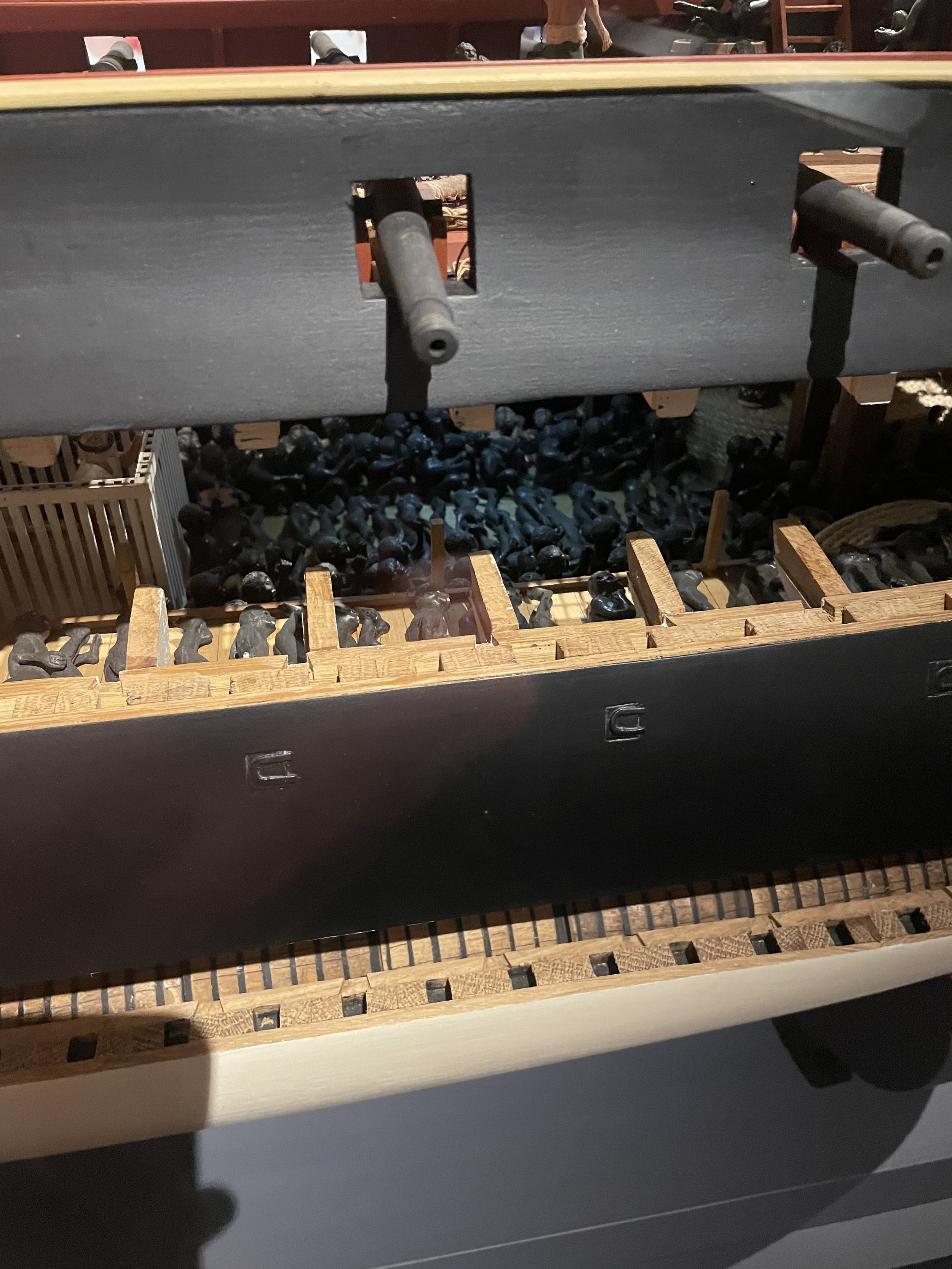
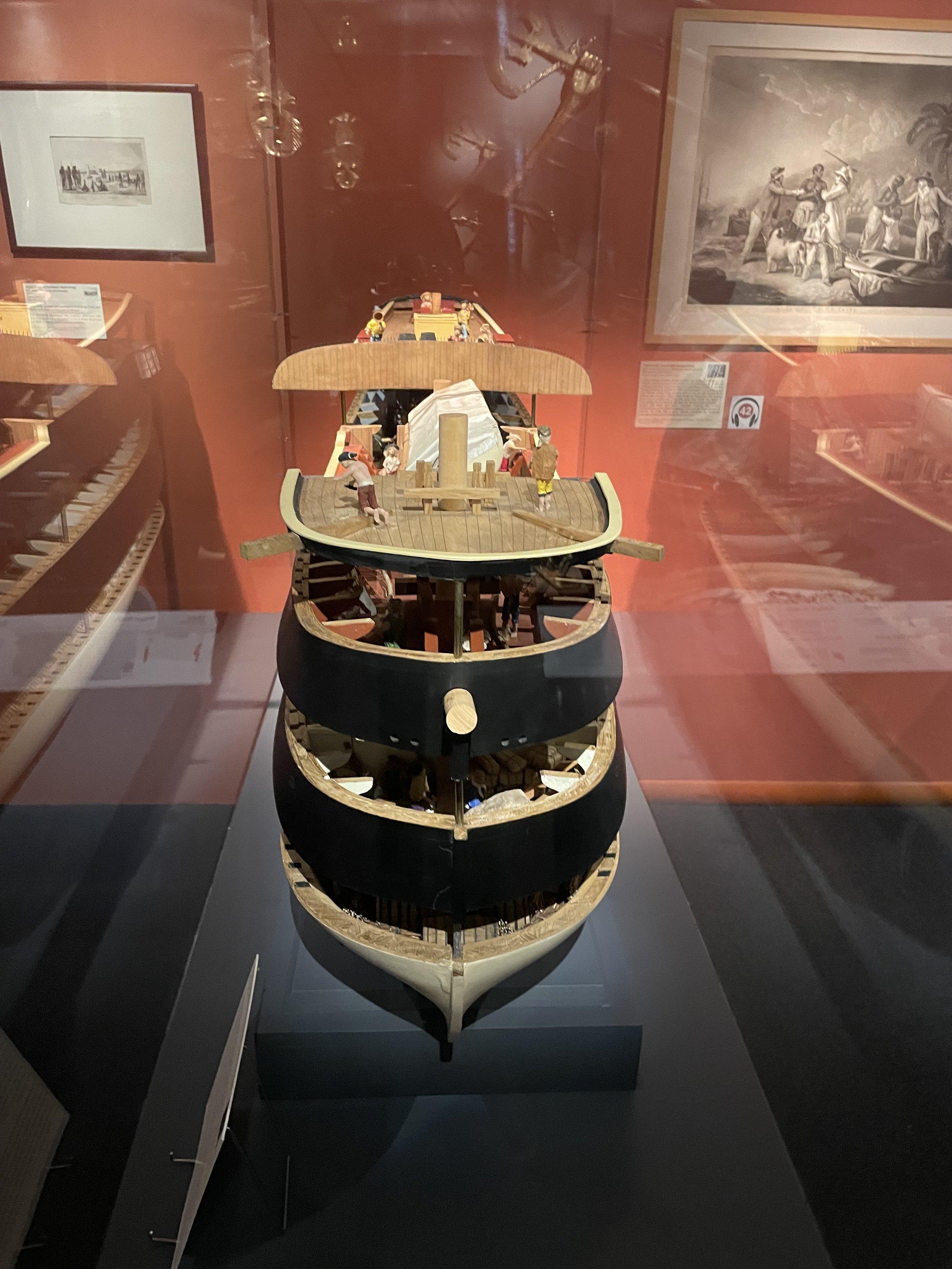


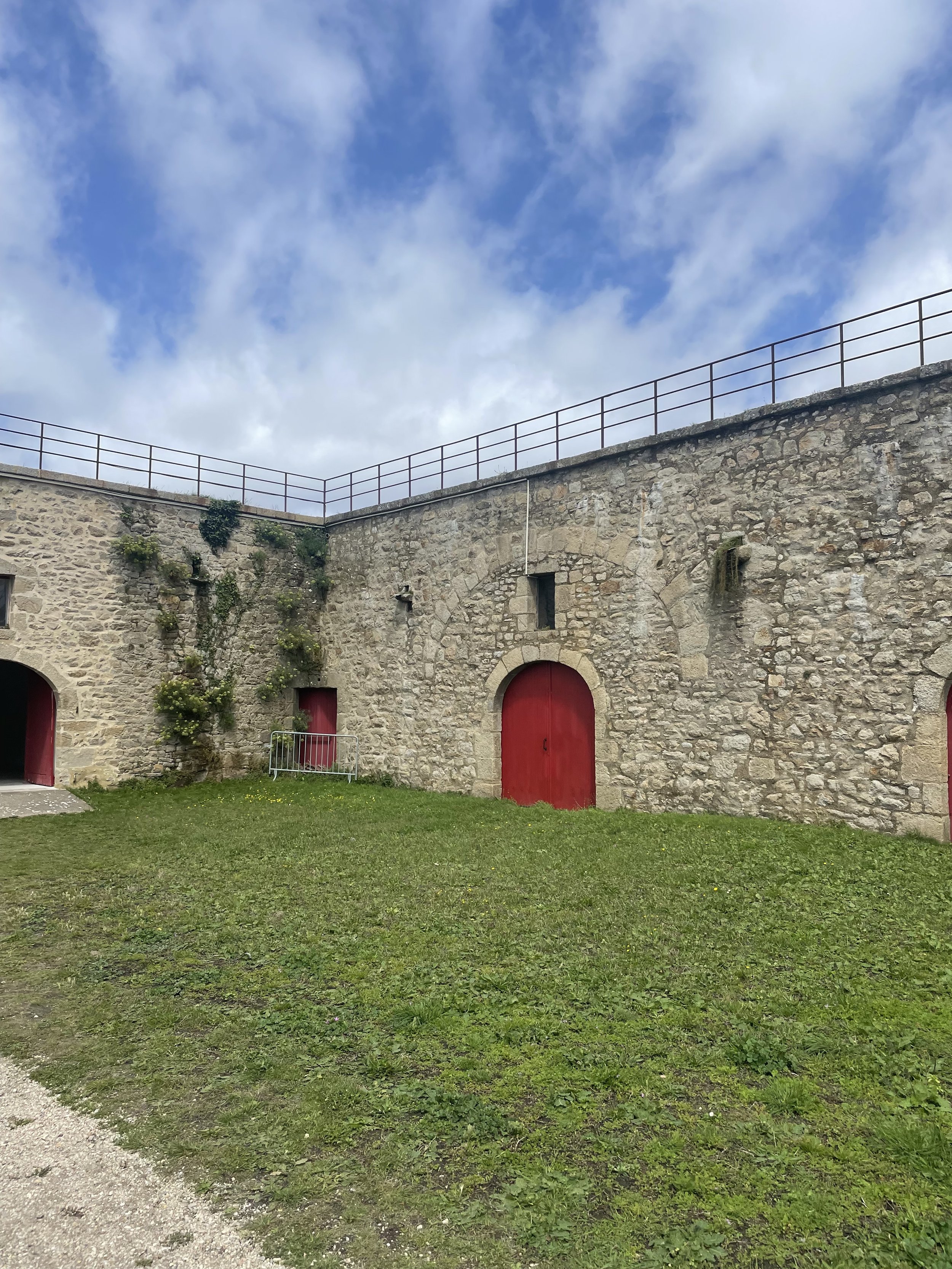

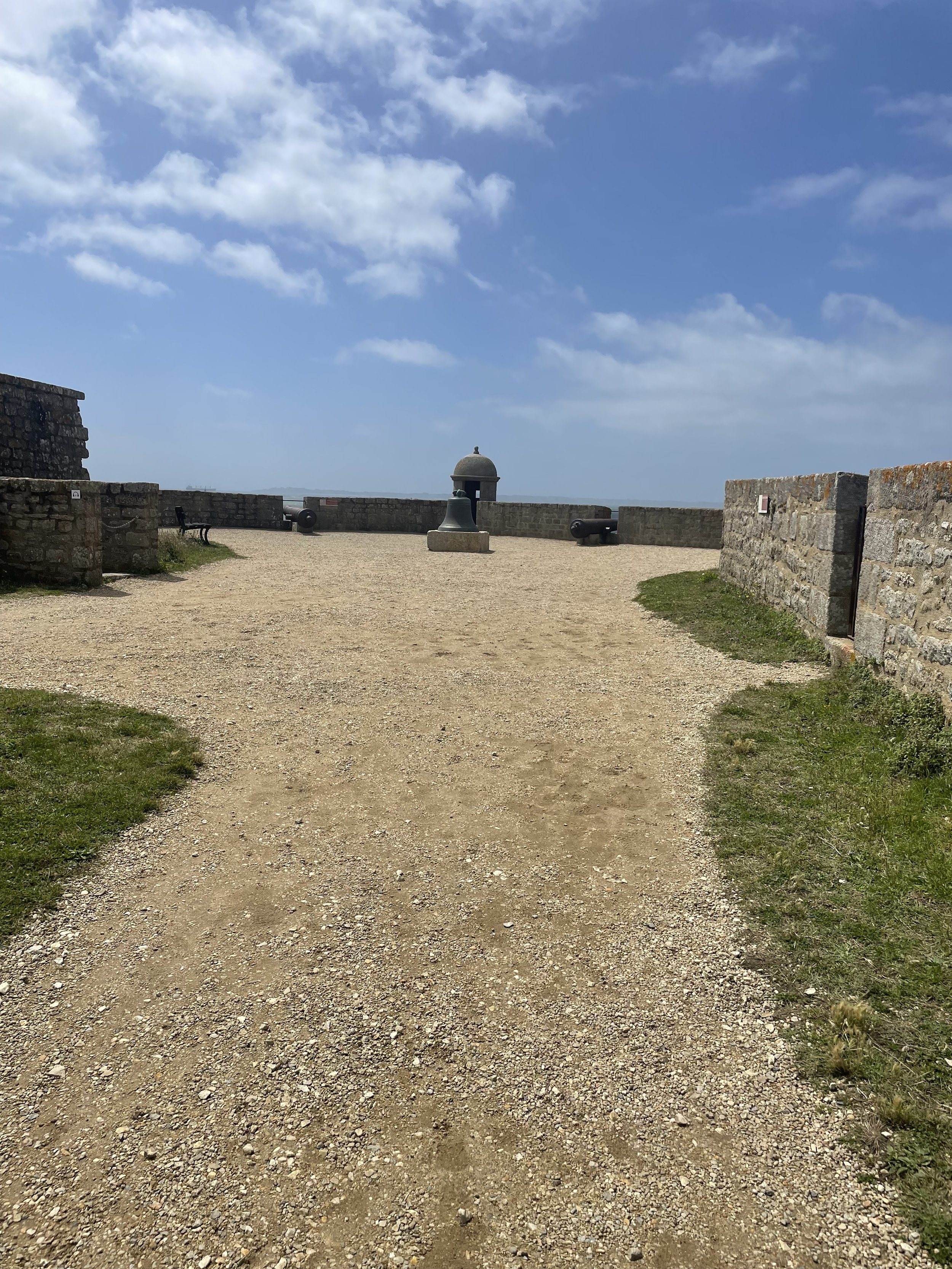
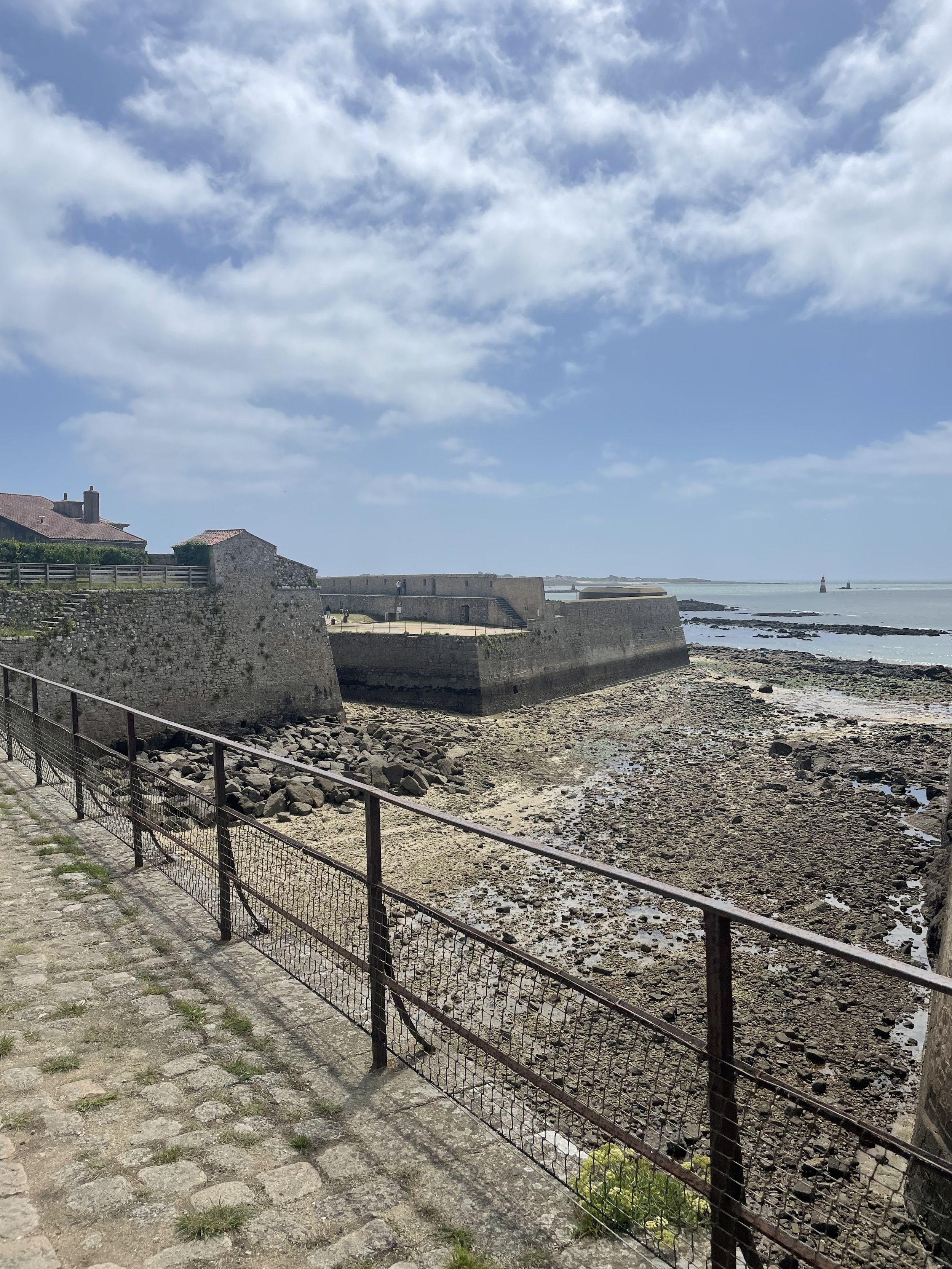
An illustration on display in the museum of people buying shares in John Law’s Mississippi Company in Rue Quincampoix (Paris, France).
Phillip put every financial institution in the kingdom at his feet…including the Company of the East Indies. John Law was also given a 25 year concession to establish Louisiana as a lucrative outpost of French colonialism. Law turned Louisiana into a stock market and started selling shares into Louisiana in Rue Quincampoix in Paris. Louisiana was marketed as a magical land that could produce crops easier than Jack could produce beanstalks.
Law would also advance the establishment of Louisiana’s capital. It was named New Orleans in honor of Phillip II, Duke of Orleans. In the journals of France and Germany at the time there was a lot of lies being propagated about both Louisiana and its capital. But people believed them and started buying shares. Now there was a need to produce goods.
This is where the Company of the East Indies came in. After its incorporation into the Company of the West, John Law used it to import enslaved people from its concession in Senegal to produce the goods that would make Louisiana lucrative. I recently traveled to Lorient, France the port where the Company of the East Indies was located. Citadelle Port Louis is a ruin from the companies headquarters. It houses the well curated Company of the East Museum.
A model of l’Aurore, a ship used in the French slave trade.
Most of the slave ships left the port of Lorient (The city itself is named for the company of the East. L’orient means the East in English). They would go to the island of Gorée to by human “cargo”, and would then import those who survived the journey to the Caribbean and to Louisiana.
A lot of the goods produced in the colonies would then be brought back to Lorient where the company was based. (The fort where the museum is located was a part of the companies headquarters). Louisiana produced sugar, rice, and indigo for the metropole. Our sister colony, Saint Domangue (now Haiti) produced 60% of the coffee consumed in all of Europe. The first coffee to be consumed in Louisiana in the early 1700’s most likely came from there or Martinique. The museum has exhibits dedicated to both coffee and slavery.
The model of l’Aurore depicts the human “cargo” in the bottom compartment of the ship.
In the exhibit dedicated to slavery there is a model of a slave ship…it’s named the l'Aurore. I’m not 100% sure, but it may be a model of the first slave ship used in the Louisiana slave trade. The first slave ship to bring enslaved people to Louisiana was also named l’Aurore. The art label didn’t mention its journey to Louisiana.
Regardless, note the middle passage with people crammed in it. During the transatlantic slave trade millions of people died of malnourishment and sickness while being transported to the Americas. This holocaust has become known as the Maafa. The Maafa and the transatlantic slave trade is what shaped New Orleans. Not only did slave labor produce its wealth, New Orleans became the largest domestic slave port in the United States just before the Civil War. The people themselves were sold as a commodity along with the commodities that their labor produced.
The economic disparities created by this legacy are still among us. Those who produced wealth for both France and Louisiana are still striving to participate in the prosperity they created.
- Eric Gabourel
The author, Eric Gabourel, in front of la Musée de la Compagnie des Indes in Lorient, France.
